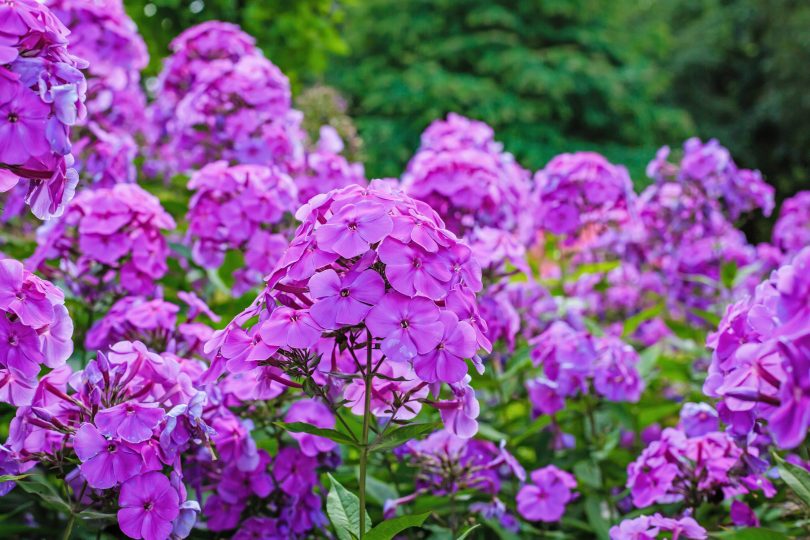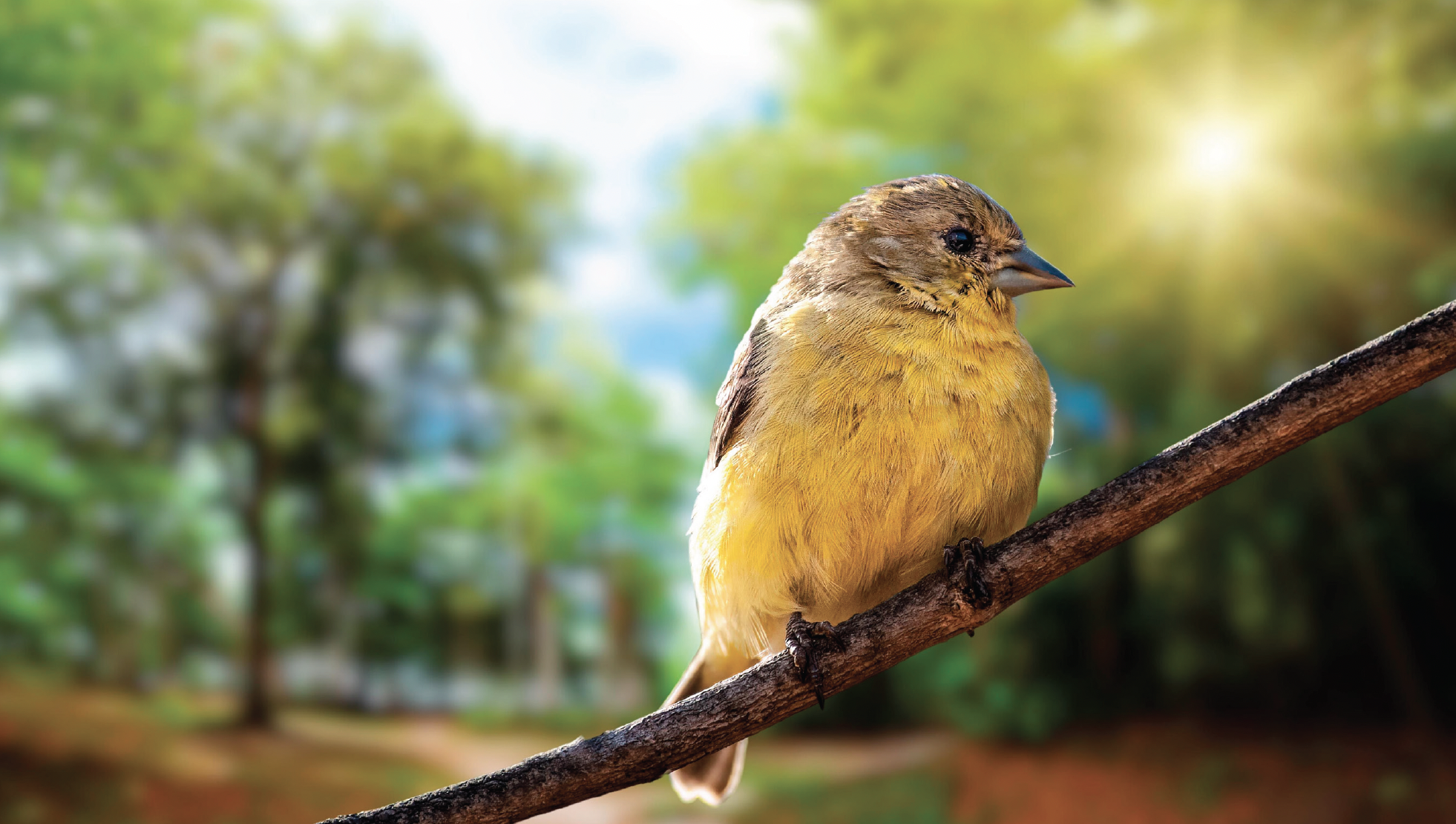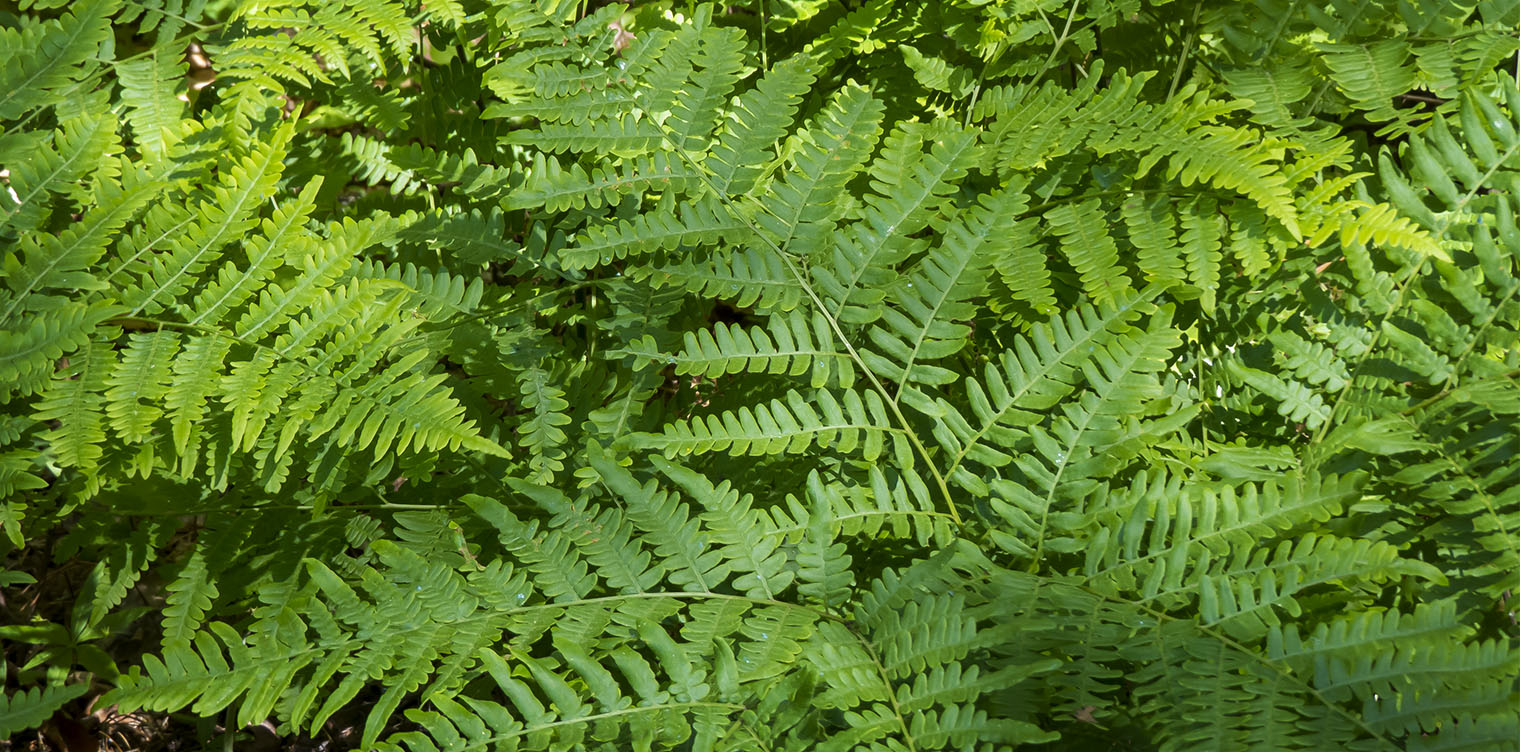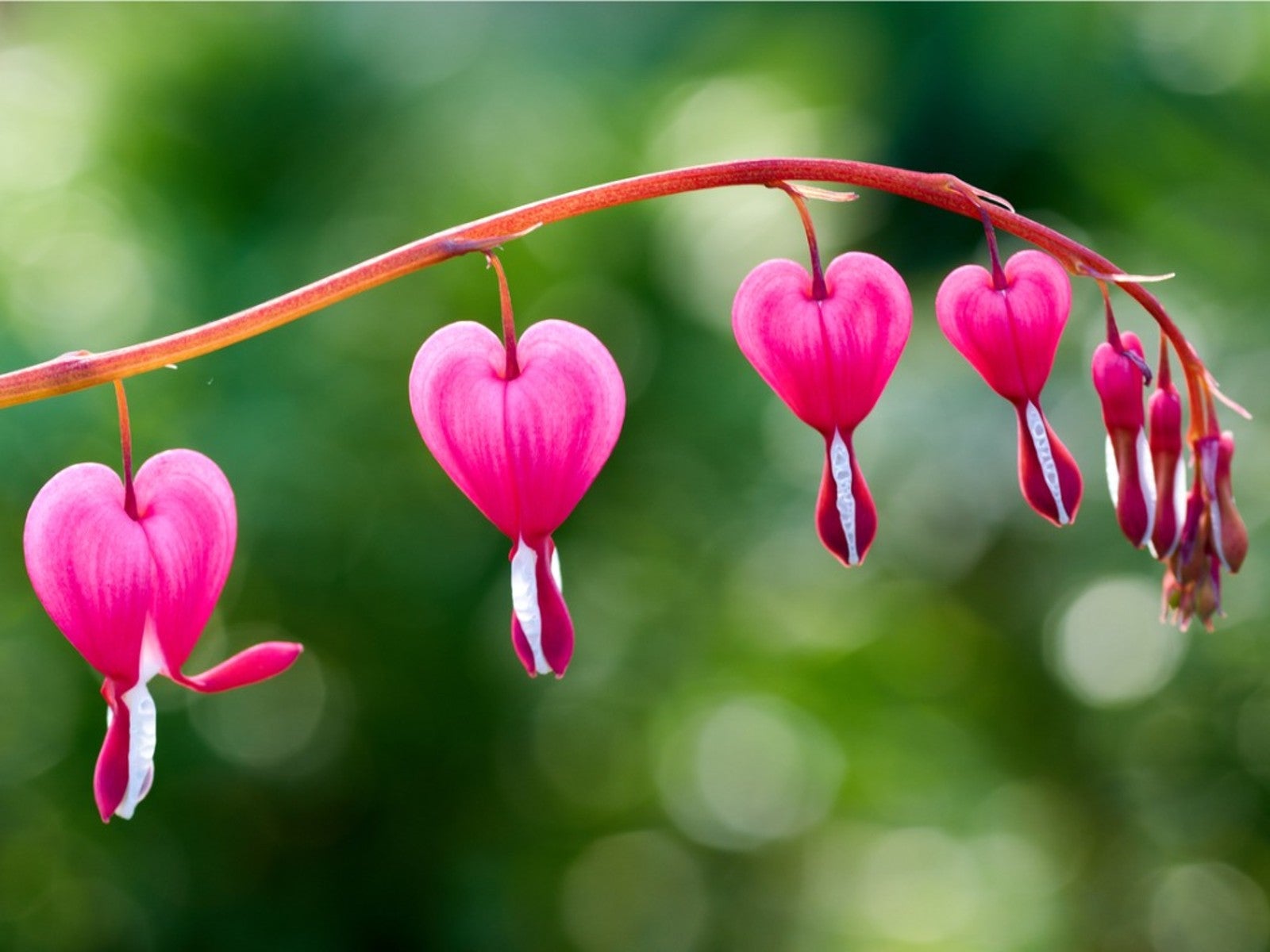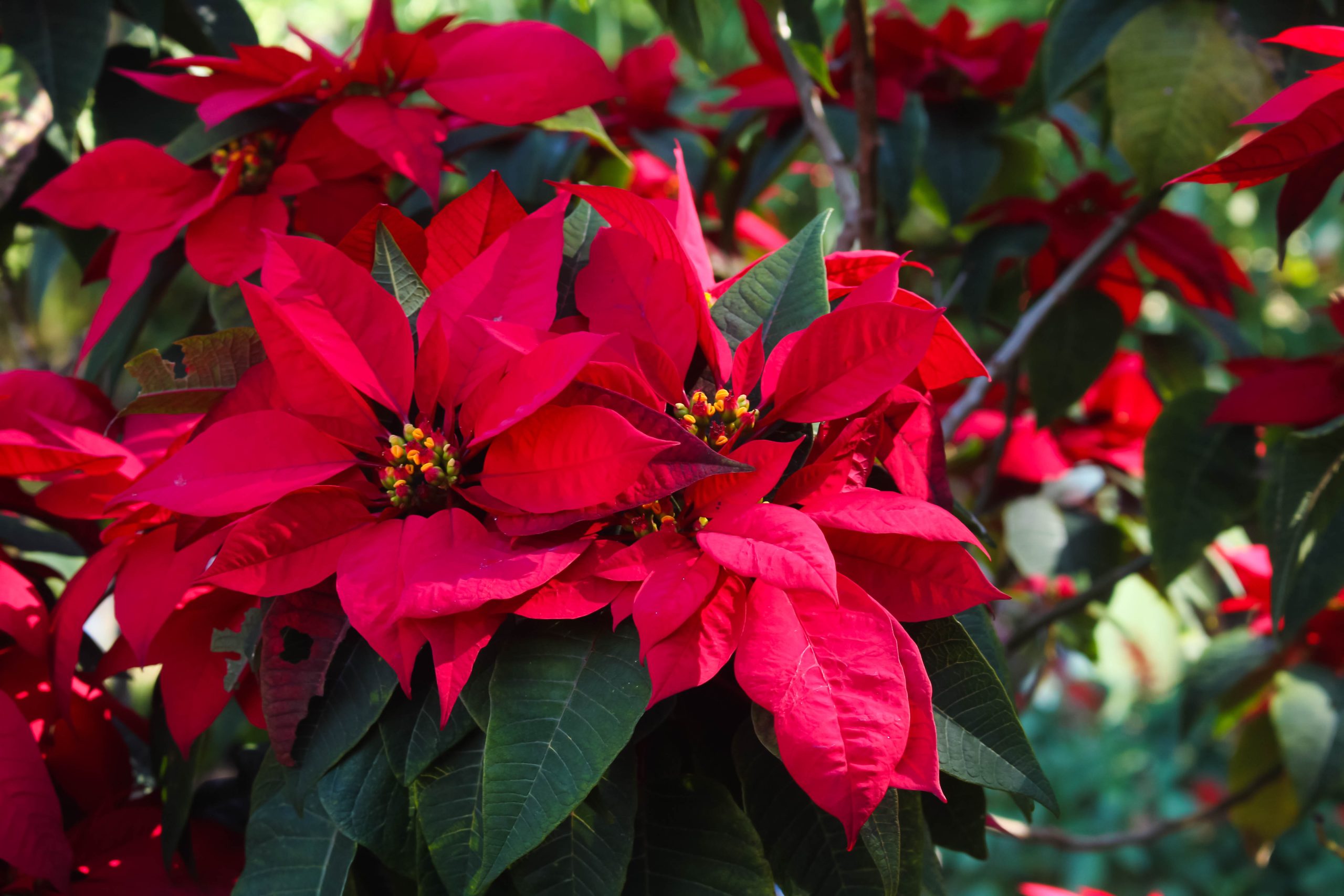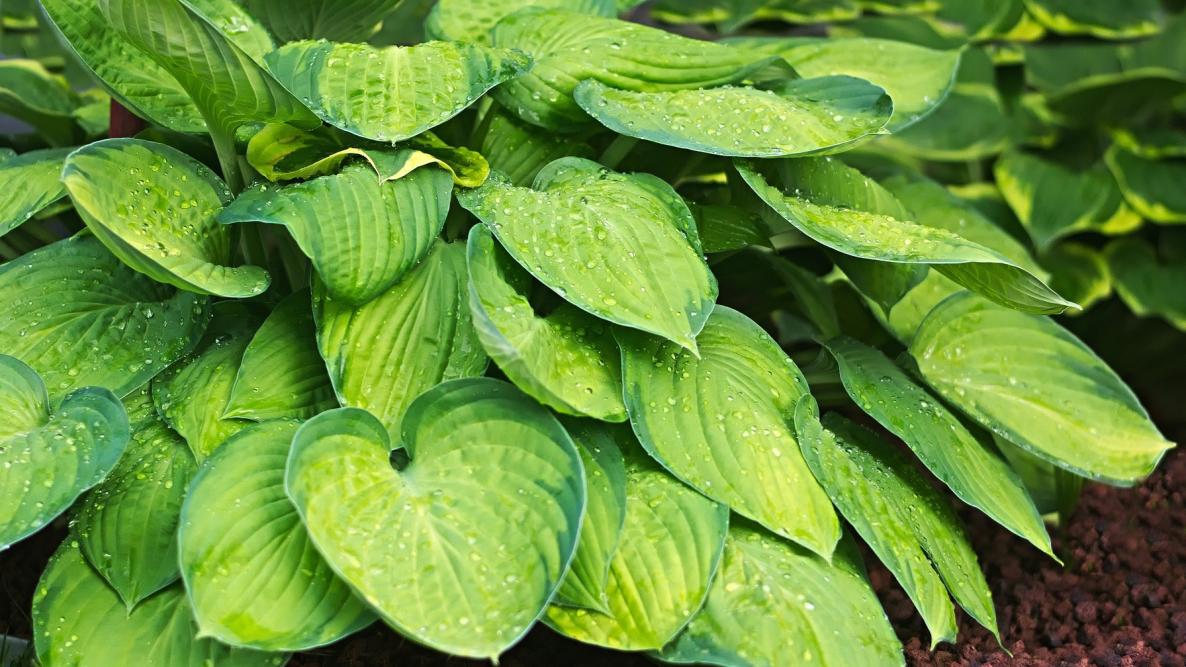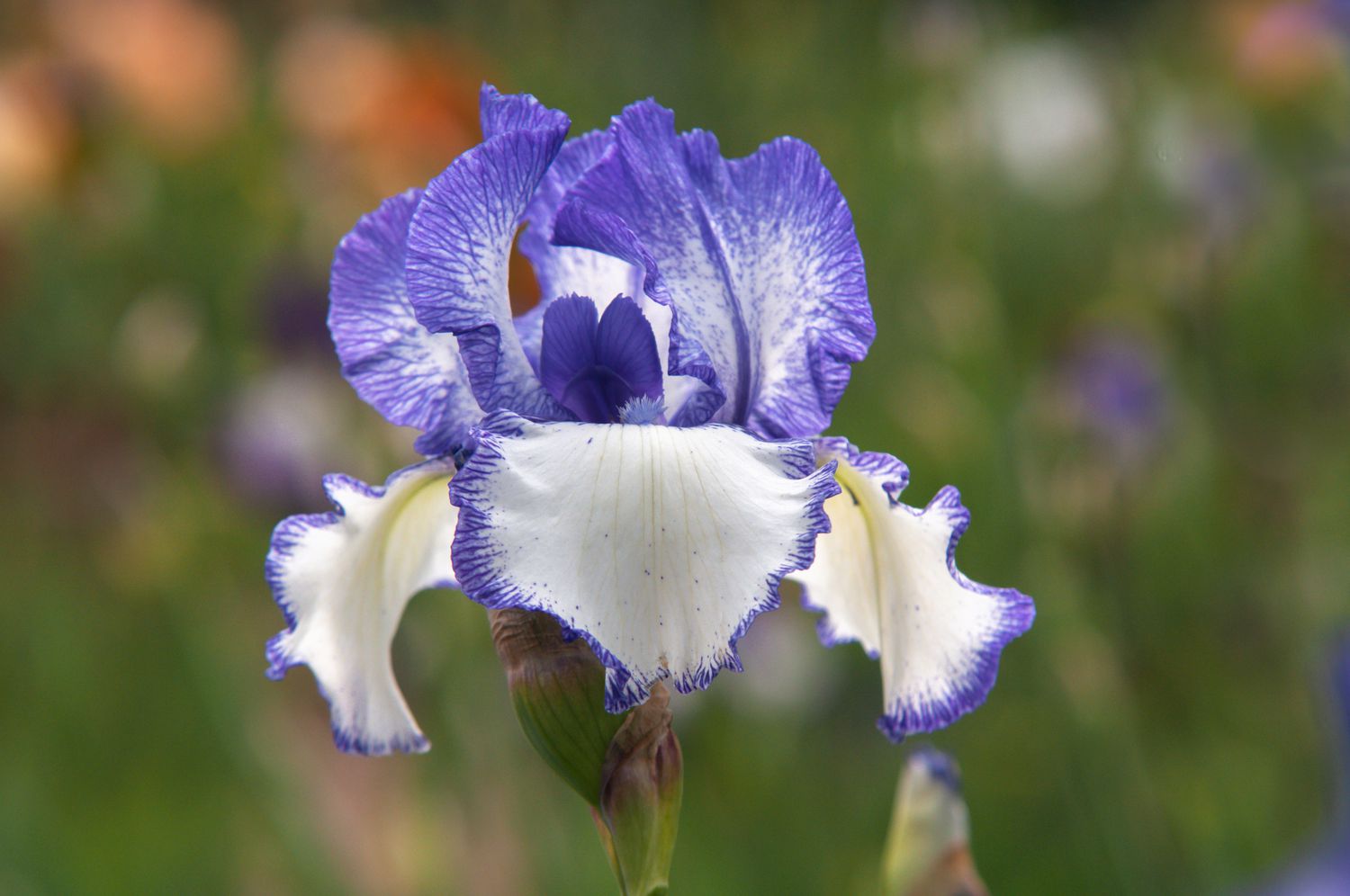I am surprised I have never written about one of my favorite plants, tall phlox. I have enjoyed this plant for 30 years and apparently never shared my love of them with you. Somewhere between summer daylilies and the Mums of Autumn, phlox (Phlox paniculata) will provide a colorful summer display in your perennial gardens. This plant blooms for six weeks or more.
Some cultivars begin blooming in mid-summer, others not until late August. Most tall garden phlox averages two to three feet, with some slightly taller. They are available in a wide range of colors: pink, rose, red, lavender, purple, orange and white, along with bi-colors that have an “eye” in the center of each flower or a contrasting margin. Cultivars range from softest pastels to electric, “knock-your-socks-off” brilliant blooms. In addition to their visual appeal, many tall garden phlox are sweetly perfumed.
Most phlox need to be divided every two to four years, if they’re growing well. The best time to divide and transplant is in fall after they have been cut back. Each division should consist of three to five vigorous shoots with roots attached. When planting, position them as you would new plants, with the crowns an inch or so below the soil surface. Space them 18 inches apart to ensure adequate air circulation. Remember to water.
Once spring arrives and your plants are about six inches tall, eliminate all but five or six stems per plant. Then pinch back the growing tips of those remaining stems. You’ll find they become more robust, produce larger clusters of flowers and are less bothered by powdery mildew. If your phlox produces seeds, the resulting seedlings will not resemble the parent and will usually turn out to be pale magenta, which is a beautiful color. To keep your plants the color you chose initially, it’s important to “deadhead” or remove clusters of faded flowers so mature, viable seeds are not dropped to the ground. Phlox makes a so-so cut flower.
Some hybrid options are ‘Bright Eyes’ pink flowers with red eyes, standing 36 inches tall. ‘David’ white flowers, again about 36 inches and ‘Eva Cullum’ pink flowers again with red eyes, 30 inches tall. Summer phlox, the ones I remember, from grandmother’s garden were magenta. Through the long, hot months these were the backbone of the old-fashioned perennial border. It is one of several high performing, low care plants now enjoying a resurgence of popularity. Hybridization has created a rainbow of phlox colors. Look for powdery mildew-resistant varieties and plant in the sun to part shade. They need well-draining soil. Phlox produces rounded clusters of flowers that butterflies cannot resist. It is a reliable plant through the hot summer months.
Yes, I know there is also a ground hugging phlox that does a beautiful job on banks and blooms in the spring. This spreading or creeping phlox only reaches ten inches tall. It needs to be grown in beds, at the front of your borders, or mixed with other flowers in informal plantings for the cottage gardens look.
The shade garden beside my home also has tall phlox growing. They are not as vigorous as the ones in full sunshine. These blooms are currently captured between oat grasses, hydrangeas and planters. Two twelve-foot American boxwoods are standing sentential at the entrance. In summer this combination of plants, stepping from the sun into the shade, always stimulates my brain with the childhood memory of being at my maternal grandmother’s home, high in the mountains beside the Mitchell River in North Carolina.



